Perfume Pagoda pilgrimage continues to attract visitors
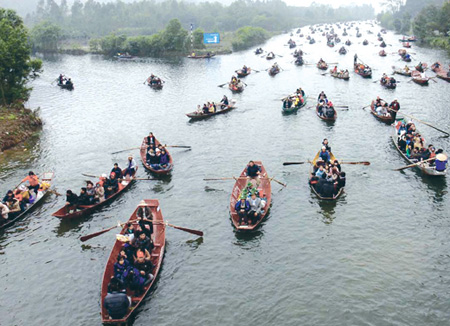 |
| Water taxis: Pilgrims and tourists boat along the Yen Stream to reach the entrance of the Perfume Pagoda. |
Sitting in the boat, my friends and I feel as free as birds, enjoying the gentle wind and the peaceful scenery passing gently by. We are travelling to the entrance of Huong Pagoda, better known as the Perfume Pagoda, Viet Nam’s most famous pilgrimage site for Buddhists.
Built in the late 17th century, the pagoda is located in My Duc District, 70km southwest of Ha Noi. It spreads out among the limestone hills and tropical forests around the Huong Mountain where a cluster of Buddhist shrines are housed. These surround deep caverns filled with marvellous kinds of stalactites.
 |
| Sacred site: Huong Tich Cave, filled with impressive stalactites, is regarded as the most sacred place in the pagoda. |
At the centre of this complex lies Perfume Pagoda, located in Huong Tich Cave, which was discovered 2,000 years ago. Inside, a message written in 1770 by Lord Trinh Sam (ruler of northern Viet Nam from 1767-82) describes the cavern as the most beautiful in the country.
Every year, the site welcomes more than one million pilgrims and tourists from across the country who arrive at the sacred cave to pray for a happy and prosperous year, or simply to admire its picturesque beauty.
However, this stream of pilgrims reaches its peak during the massive three-month Pagoda Festival which begins on the sixth day of the first lunar month. This year it began exactly one week ago and will last until April 30.
According to Nguyen Van Hau, deputy chairman of the People’s Committee of My Duc District and head of the festival organising group, this time around almost 200,000 visitors have arrived from both home and abroad.
“On the first day of the festival alone we had more than 50,000 pilgrims and tourists, despite the rain and the cold,” Hau says. “This season we expect to welcome 1.5 million in total.”
The festival this year is the biggest ever and tourists have been offered a much more diverse range of activities, including a photo exhibition of ancient pagodas, music and art performances on boats on the Yen Stream and birds being released at the Thien Tru wharf.
A poetry night and a parade of flower garlands and coloured lanterns along the river will also leave visitors with something to remember. The activities will be held on the 15th day of the first lunar month, which falls this Sunday.
“My family had to leave at 2am in the morning in order to reach Huong Tich cave for when the festival opened at 9am,” says Nguyen Thi Minh, a visitor from Ha Noi. “We knew that the pagoda would be very crowded and wanted to avoid traffic jams on the road and at the pagoda.”
This year the organising board has arranged 5,000 boats to serve the demand of visiting pilgrims.
 |
| Healthconscious: Different kinds of herbal medicine are sold at the pagoda. |
One can appreciate the joyful ambience of the pagoda during the festival. However, if you can’t stand crowds and want to enjoy the tranquillity of the landscapes, I advise you to visit the pagoda before or after the festival.
To visit Huong Pagoda, most people make a day trip from Ha Noi. You can easily go there from the capital by bus. Several coaches depart every morning from the coach terminals of Giap Bat and Luong Yen which take travellers to Ben Duc pier.
It is a drive of around three hours from Luong Yen and two from Giap Bat.
When you arrive you have a choice. Although there is a road from the pier to the base of pagoda complex, taking a boat along the stream is the more romantic and scenic alternative to get there. The 45-minute boat ride is the highlight of the trip for some visitors, so consider it carefully.
When you arrive at the pagoda, make sure that you have good shoes because you will have to walk about 1,000 steps (I counted myself) to reach the most sacred and important place of the pagoda: the Huong Tich cave.
It may make you quite tired but you won’t regret the climb while you are enjoying the very scenic path, stopping often to take photos of the incredible views. If you do feel too tired and need a rest, don’t worry as the shops that you will find along the way will happily rent you mats on which you can sit down and take a well deserved break.
If the long walk still doesn’t appeal, you can choose to go up to the cave by cable car. The cost is VND80,000 (US$4) when you go up and VND60,000 when you go down.
There are plenty of legends about the pagoda and its various small shrines. Many people believe that Huong Tich cave is an especially sacred place because the legend says that Bodhisatva (Quan Am in Vietnamese) stayed here in order to help save human souls. Who knows if it is true, but I can say for certain that when my friends and I left the pagoda we felt extremely peaceful. Our visit to the pagoda brought us some luck, too, as it would turn out. A family that we only met at the pagoda kindly offered to give us a lift all the way home.
What the stars mean:
★ Poor ★ ★ Promising ★★★ Good ★★★★ Very good ★★★★★ Exceptional
Related Contents
Latest News
More News
- Cultivating agricultural tourism model in Hanoi (April 05, 2024 | 14:51)
- HCM City stimulates tourism with discounts up to 60 per cent (April 04, 2024 | 16:01)
- Visitors to Vietnam in first quarter exceeded pre-COVID numbers (April 03, 2024 | 16:42)
- Domestic tourism under threat from high flight costs (April 02, 2024 | 12:19)
- Travelling back to nature (April 02, 2024 | 11:50)
- An Giang launches smart tourism information portal (March 29, 2024 | 10:20)
- Hanoi voted as ‘Best Food Destination for 2024’ by TripAdvisor readers (March 29, 2024 | 10:08)
- AirAsia Cambodia ready to take off starting with three domestic destinations (March 19, 2024 | 18:27)
- Phu Quoc among top beach destinations in Asia (March 19, 2024 | 15:55)
- Favourable visa policy boosts tourism recovery (March 19, 2024 | 15:44)



 Tag:
Tag: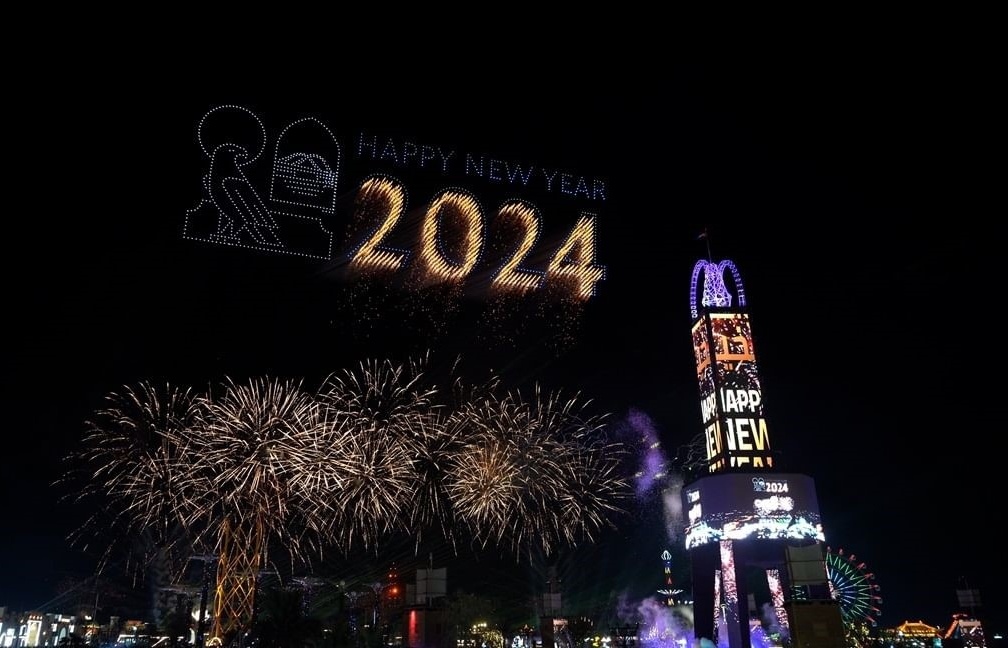
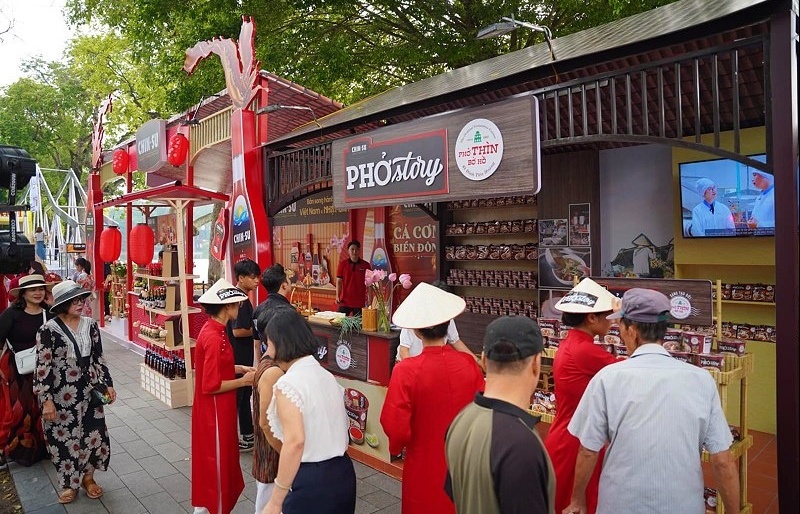
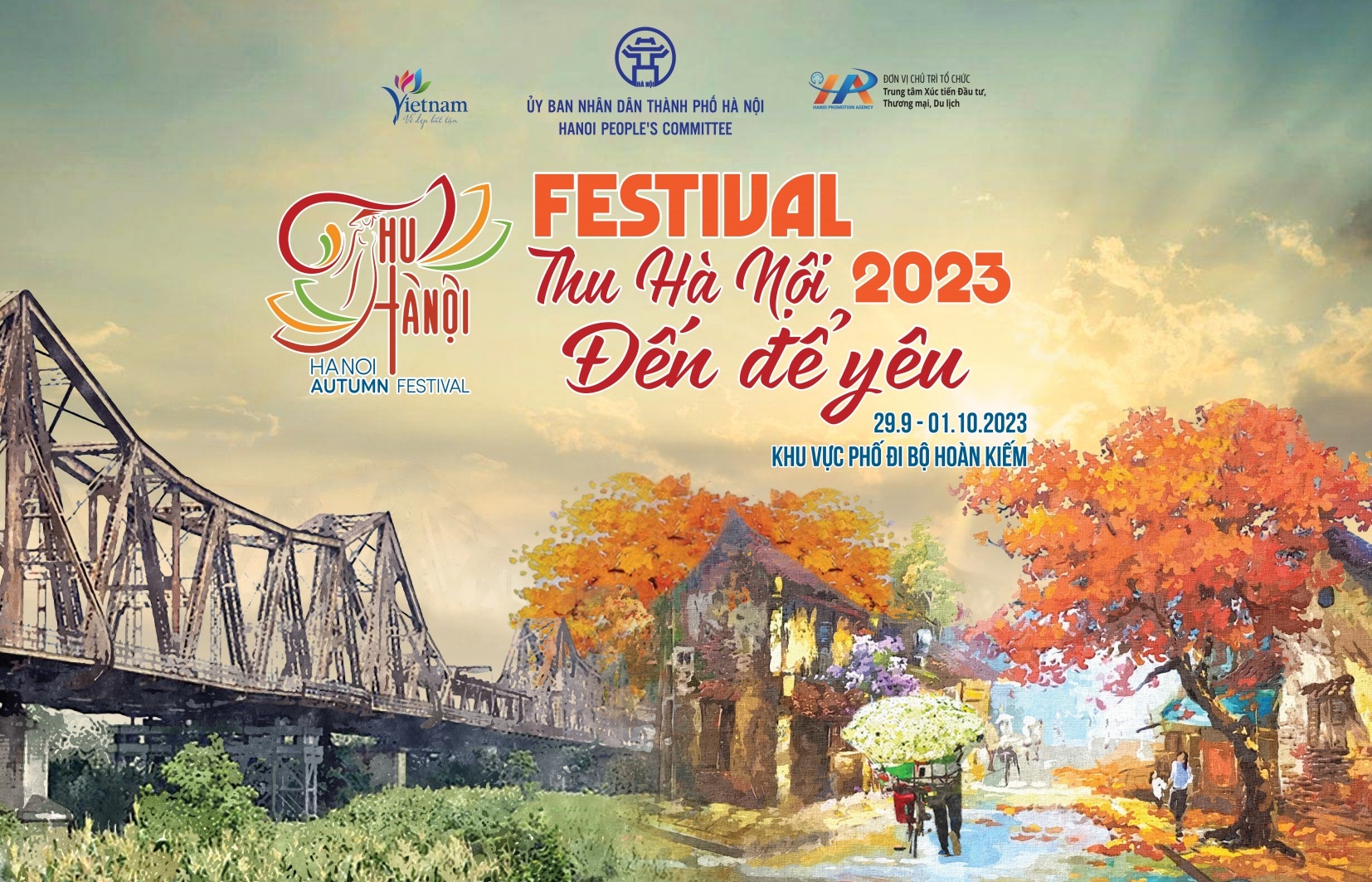


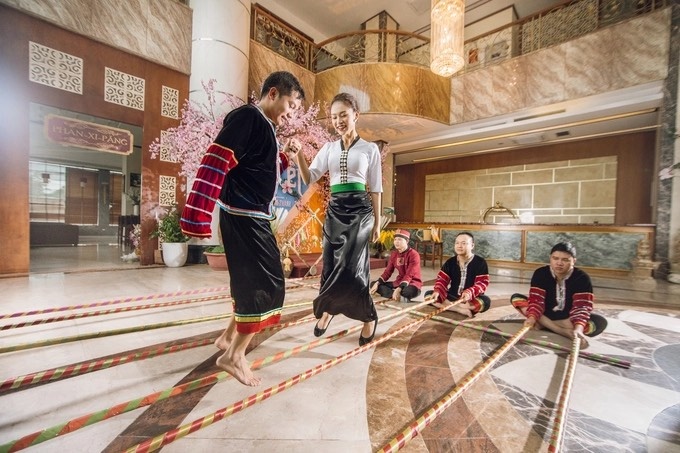
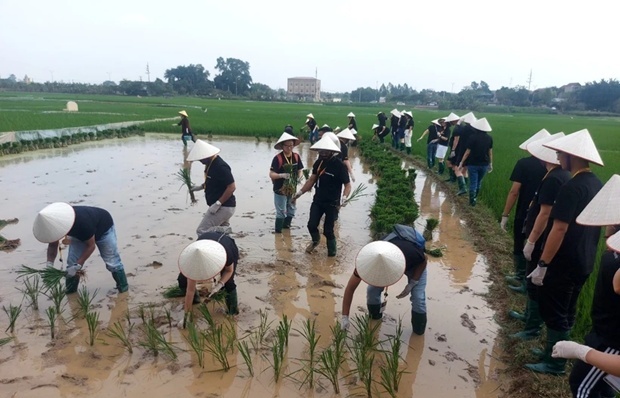

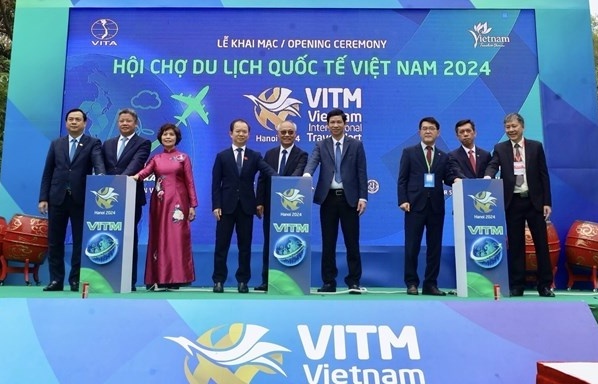
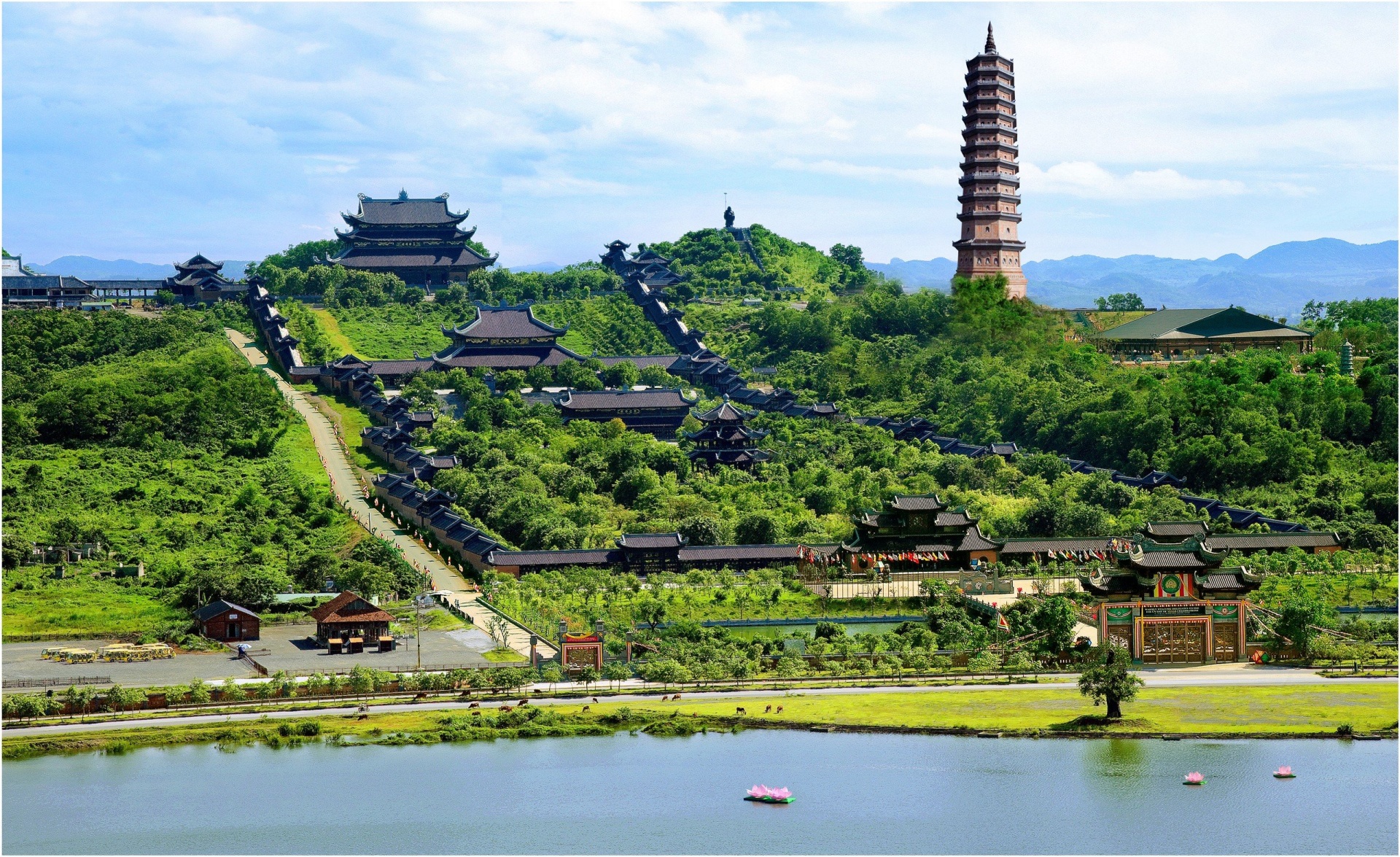




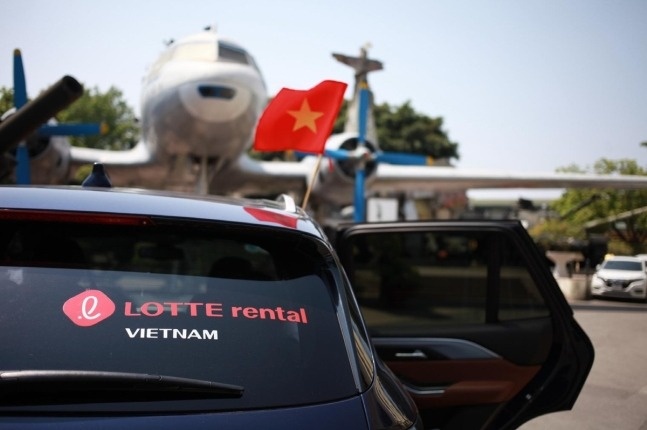





 Mobile Version
Mobile Version